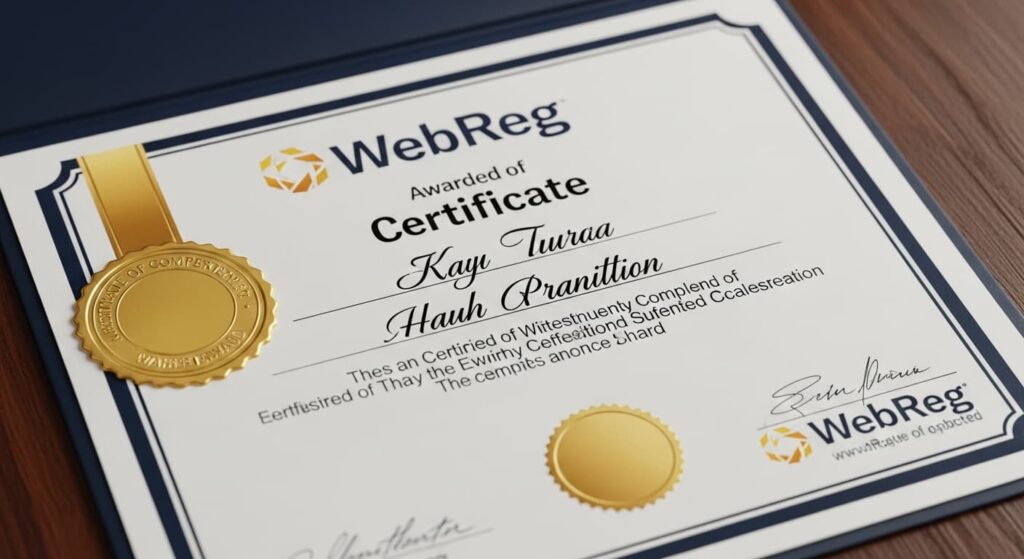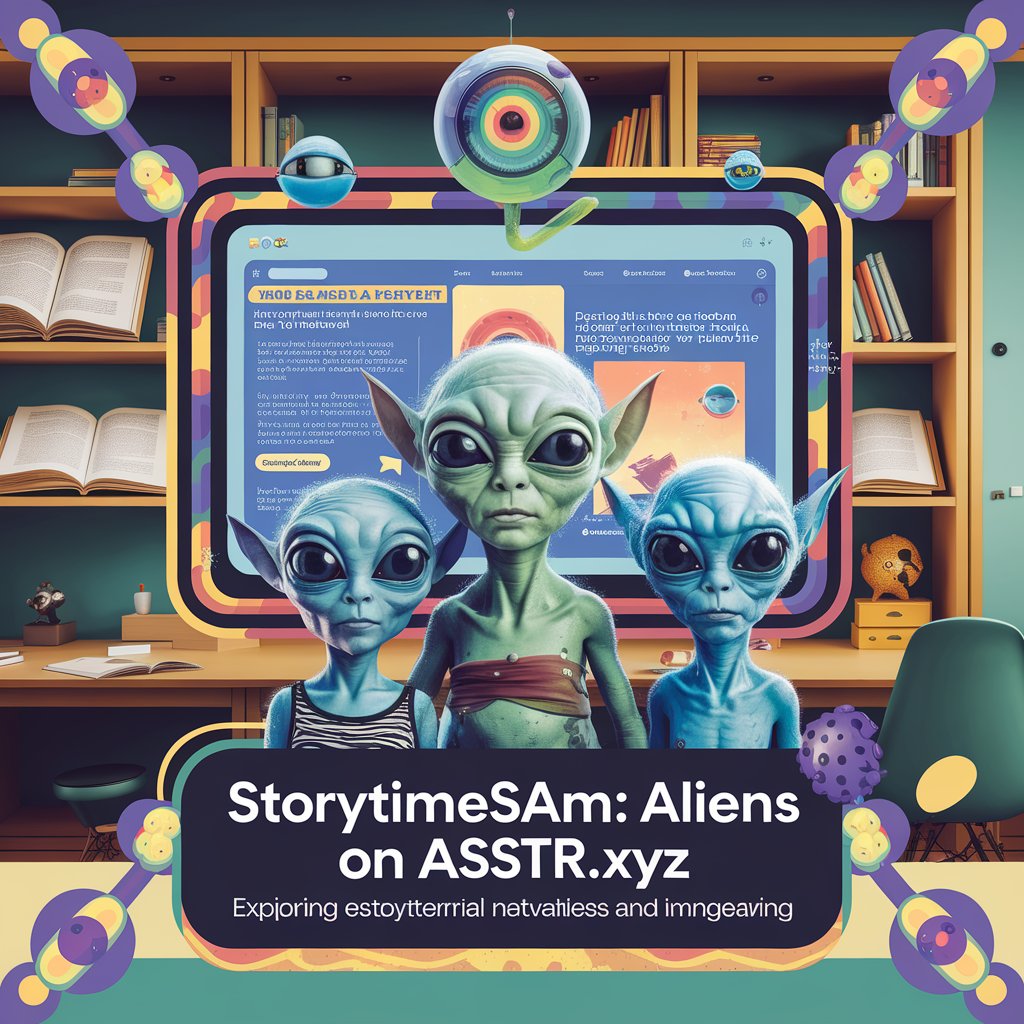james westman esri – Shaping the Future

James Westman is a notable professional associated with ESRI (Environmental Systems Research Institute), one of the world’s leading organizations in Geographic Information System (GIS) technology.
His expertise and leadership have contributed to advancing geospatial intelligence, data mapping, and environmental analysis. Through his work at ESRI, Westman has played a crucial role in making GIS more accessible and impactful for industries, governments, and researchers worldwide.
His focus on innovation, education, and technological advancement has helped shape how organizations use geospatial data for better decision-making. As the world becomes more data-driven, professionals like James Westman continue to influence the future of digital mapping and geographic analysis.
Who Is James Westman?
James Westman is a GIS expert known for his significant contributions to ESRI’s global projects and research initiatives. He specializes in spatial data management, geospatial analytics, and environmental information systems. His efforts aim to bridge the gap between technology and geography through modern GIS solutions.
The Role of ESRI in Modern Technology
ESRI is a global leader in Geographic Information System (GIS) software and geospatial data solutions. Founded in 1969, it has been instrumental in revolutionizing how organizations visualize and analyze spatial data. Through products like ArcGIS, ESRI enables users to make smarter, data-driven decisions.
James Westman’s Contributions to ESRI
At ESRI, James Westman has been involved in developing and promoting advanced GIS tools that enhance mapping accuracy and data visualization. His work has supported major infrastructure, environmental, and research projects. Westman’s leadership reflects ESRI’s core mission of applying geographic science for global progress.
The Importance of GIS in Today’s World
GIS technology, pioneered and expanded by ESRI, is essential in various fields including urban planning, agriculture, disaster management, and logistics. It helps visualize complex data through interactive maps. Professionals like Westman ensure these tools evolve to meet modern challenges.
Educational Initiatives and Research by James Westman
James Westman also contributes to educational programs and workshops focused on GIS training. His initiatives aim to make geospatial education more accessible to students and professionals. By promoting research collaboration, he encourages innovation in geographic data science.
James Westman’s Vision for the Future of GIS
Westman envisions a world where GIS technology is deeply integrated into decision-making across industries. He emphasizes the role of AI, data automation, and real-time analytics in shaping the next generation of geospatial tools. His vision aligns with ESRI’s ongoing mission to create smarter, more connected communities.
ESRI’s Global Impact Under Experts Like Westman
Under the guidance of professionals like James Westman, ESRI continues to expand its global influence. Its GIS solutions are used by governments, corporations, and NGOs to address challenges such as climate change, public health, and sustainable development. Westman’s strategic insight ensures ESRI remains a leader in innovation.
Challenges and Opportunities in GIS Development
The GIS industry faces challenges such as data accuracy, interoperability, and accessibility. James Westman works to overcome these barriers by promoting open data models and cloud-based GIS systems. His efforts contribute to building resilient, scalable, and user-friendly platforms for diverse users.
The Legacy of James Westman at ESRI
James Westman’s ongoing legacy lies in his dedication to advancing spatial science and technology. His leadership within ESRI has inspired new generations of GIS professionals to embrace innovation. Through his contributions, the world continues to benefit from more efficient, informed, and sustainable mapping systems.
Conclusion
James Westman’s work with ESRI exemplifies how technology and geography can unite to transform our understanding of the world. His commitment to innovation, education, and sustainability continues to shape the global GIS landscape.
By enhancing data accuracy and accessibility, Westman has helped make geographic information a vital tool for progress. ESRI, under the guidance of experts like him, remains a powerhouse of technological advancement and spatial intelligence.
The combination of human expertise and cutting-edge technology ensures that GIS will continue to lead the digital revolution in mapping, research, and decision-making.
FAQs
1. Who is James Westman?
James Westman is a geospatial technology expert associated with ESRI. He specializes in GIS systems, spatial analytics, and digital mapping innovation. His work focuses on improving how data and geography interact in real-world applications.
2. What is ESRI known for?
ESRI is known for developing advanced Geographic Information Systems (GIS) such as ArcGIS. It provides tools for data visualization, mapping, and spatial analytics. The company helps governments and organizations make informed, location-based decisions.
3. What are James Westman’s key contributions to ESRI?
Westman has contributed to the development and enhancement of GIS technologies at ESRI. He has also played a role in training professionals and promoting spatial awareness. His efforts help expand the reach and usability of ESRI’s products worldwide.
4. How does GIS technology benefit society?
GIS technology helps visualize complex data through maps and spatial models. It supports urban planning, disaster response, and environmental protection. These applications improve efficiency and enhance decision-making across multiple industries.
5. What role does education play in Westman’s career?
James Westman actively supports education and research in GIS technology. He has led workshops and initiatives aimed at developing geospatial literacy. His contributions help young professionals enter and succeed in the GIS field.
6. How has ESRI influenced global development?
ESRI’s GIS solutions are used globally to manage resources, monitor ecosystems, and plan sustainable cities. Its software supports governments, NGOs, and private enterprises. The company’s innovation has a lasting impact on global digital transformation.
7. What future technologies does James Westman support?
Westman advocates for integrating artificial intelligence, real-time data processing, and cloud systems into GIS. He believes these tools will enhance automation and accuracy. His vision aligns with the global shift toward smart geospatial intelligence.
8. How does ESRI contribute to sustainability?
ESRI uses GIS to support environmental monitoring and conservation efforts. Its mapping tools help track deforestation, pollution, and resource management. This ensures that data-driven insights guide sustainability strategies.
9. What challenges does GIS face today?
Current challenges in GIS include data privacy, integration with other technologies, and system accessibility. Experts like James Westman work to overcome these by advancing data interoperability and open-source tools. These efforts make GIS more inclusive and practical.
10. What is the future outlook for GIS and ESRI?
The future of GIS lies in integrating AI, automation, and predictive analytics. ESRI will continue to lead in building intelligent spatial systems under innovators like Westman. This ensures a smarter, more connected, and sustainable digital world.
 English
English 






























































































































































































































































































































































































































